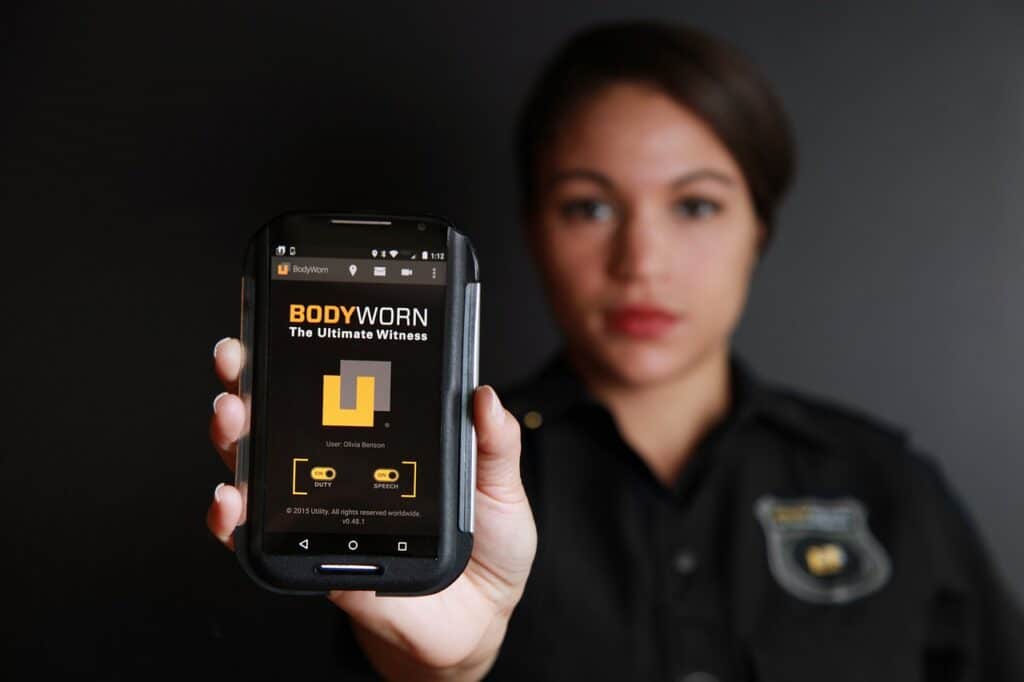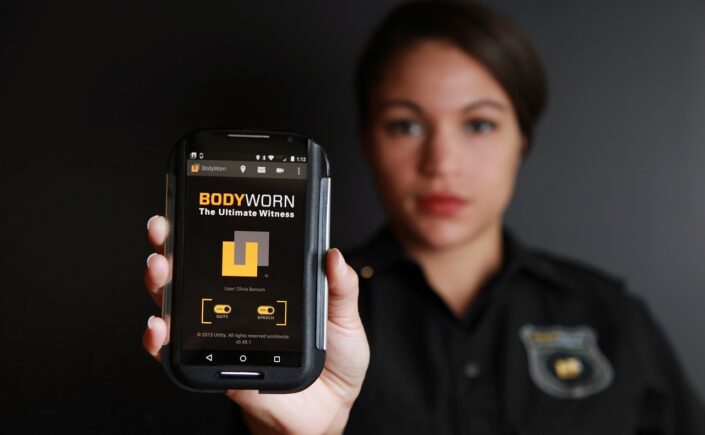As law enforcement responsibilities become increasingly complex and demanding, the evolution of technology and tools has proven pivotal in meeting the needs of modern policing. Advanced communications systems, surveillance equipment, and innovative software have revolutionized how police forces worldwide prevent and solve crime. 88 Tactical, whose organization name originates from law enforcement code 88, indicating that all is safe, believes such technological advancements have not only augmented the efficiency and effectiveness of law enforcement agencies but have also raised important ethical considerations and fostered new community engagement methods.

Communication Systems
In the realm of law enforcement, effective communication is vital. Modern radio and digital communication platforms allow officers to share information and coordinate incident responses with precision rapidly. Secure and reliable communication channels are necessary to safeguard sensitive information against unauthorized access, ensuring operations remain uncompromised.
Communication systems also allow law enforcement agencies to stay connected with their communities. Social media platforms like Twitter and Facebook have become valuable tools for disseminating information and engaging with the public. Agencies can use these platforms to share updates on ongoing investigations, promote community events and initiatives, and provide safety tips to citizens.
Surveillance Equipment
Surveillance technology plays a crucial role in monitoring public areas and collecting evidence. CCTV systems and body-worn cameras increase transparency and accountability in police work. At the same time, drones and other remote surveillance tools are instrumental in strategic and tactical operations, search and rescue missions, and monitoring large public events.
Database Systems
Law enforcement agencies rely on extensive database systems to track criminal activity and gather information. National and local databases provide instant access to criminal records, fingerprints, and other important data. License plate recognition and facial recognition technologies are becoming commonplace, enhancing the ability to identify suspects and solve crimes faster.
Non-Lethal Weapons
The use of non-lethal weapons such as tasers, pepper spray, and rubber bullets offers law enforcement a means to subdue individuals without intending to cause lethal harm. Despite their benefits, these tools generate considerable debate concerning ethical use and have become a focal point in discussions of police conduct and public safety.
Forensic Technologies
Advancements in forensic technologies have dramatically improved the process of collecting and analyzing evidence. DNA analysis has become a cornerstone of modern investigations, and the field of digital forensics is rapidly expanding as cybercrimes continue to rise. These technologies are crucial in achieving justice and closure in numerous cases.
Police Codes
To improve efficiency and maintain confidentiality, law enforcement officers utilize police 10-codes and other signal codes. These brevity codes enable concise and swift communication, which is particularly important during high-pressure or emergencies.
Common police codes have even been transferred into everyday vocabulary, such as 10-4, meaning “affirmative” or “message received.” The Midwest’s premier entertainment center, 88 Tactical, highlights another code used in the Nebraska police force, indicating a secure situation.
Mobile Applications
Smartphone applications are now integral tools within law enforcement for evidence collection, incident reporting, and swiftly accessing information. These apps not only enhance police work but also foster community policing efforts by promoting engagement and cooperation between officers and the communities they serve.
Predictive Policing Software
Predictive policing software uses algorithms and statistical analyses to anticipate and prevent criminal activity. While these tools can potentially transform policing strategies, they pose significant privacy concerns. Finding the right balance between effective policing and protecting individual privacy is a modern-day challenge.
Training Simulators
To prepare officers for the realities of their duties, virtual reality (VR) and simulation-based training offer opportunities to practice high-pressure decision-making in controlled environments. This technological approach to training can improve response tactics and readiness, ultimately saving lives in actual incidents.
Conclusion
The expansion of these technological tools has granted law enforcement unprecedented capabilities, enhancing public safety and operational efficacy. As society continues to evolve, so too must the tools and tactics of the police. The future direction of technology in policing will likely focus on intelligent integration, ethical considerations, and sustained community trust.
